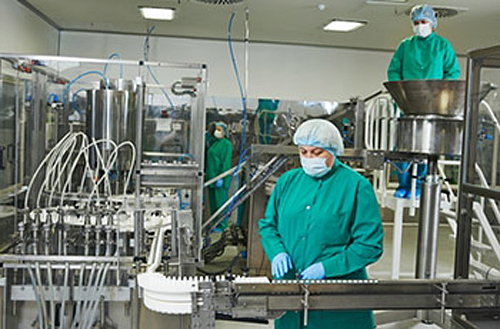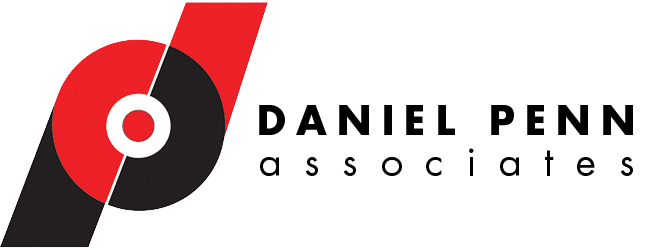
Best Practices in Preventive Maintenance: How One Company Did It
Companies with well-planned PM programs enjoy minimal unplanned downtime, minimal spare parts costs, minimal manufacturing interruptions from breakdowns, maximum manufacturing times, maximum product quality and longer machine life spans. These companies have done their homework upfront. They have chosen to take advantage of the available physical and financial advantages that a PM program can provide. They have also made the commitment to getting a PM program in place that is flexible, manageable and sustainable for the long term.
Part 3 of a 3-part series
By Kenneth J. Staller
A pharmaceutical plant I worked with excelled with their PM program. What were the key drivers of their success?
The manufacturer began their PM program design by clearly defining what they wanted to achieve:
- Uninterrupted manufacturing runs by eliminating machine breakdowns
- Increased product quality
- Decreased capital expenditures by increasing machine lifespans and reducing spare parts costs
This exemplary manufacturer:
- Made the tough decision to temporarily reassign their top mechanic to assist in writing PM inspection details. This mechanic understood the machines’ physical operation, which components failed and why, and the mean time between failures.
- Purchased small inexpensive infrared temperature guns for all their mechanics. This helped the mechanics quickly check operating temperatures of machine bearings, couplings, motors, and gearboxes as during their shifts to find anomalies. The goal was to flag and address above-normal temperatures before failures occurred.
- Utilized written feedback from corrective work orders to constantly change and enhance their existing PM program. For corrective WO’s, mechanics were required to write their root cause analysis, and the solution applied, on the hard copy of their corrective work orders. The PM program coordinator reviewed all corrective WO feedback after they were completed and then made changes to PM’s when needed.
- Kept their equipment extremely clean, which enabled the maintenance team to easily spot any leaks or debris from component wear.
- Installed small auto-lube units to provide automatic lube dispersion on a timed basis. These units were installed on critical bearings and machine components that received daily high-pressure wash downs and were subject to harsh environmental issues. More comprehensive auto-lube systems were being engineered for lube dispersion on a larger scale to many components throughout the plant.
- Utilized lubrication vendors to assist them in designing their lube program, and used these vendors on an ongoing basis to help monitor lube effectiveness and make continuous improvements on application quantity and frequency.
- Published the individual successes of the existing PM’s to their maintenance tradespeople and kept them up to date with CI changes. This eliminated the old-school “fix it when it breaks” mentality and encouraged the company’s new preventive maintenance culture.
Bring in Experts Who Have Been There
A lack of implementation expertise is the number one reason that PM programs fail, period.
The right professional assistance can help most companies develop a PM program correctly from the start, support its internal PM team, and keep the momentum going. Make sure the people helping you have ‘been there and done that’. The best team for the job includes people that have held maintenance management positions, have gone through all the above steps and have been held responsible for the outcomes.
The size of your PM development team will depend on the size, age and complexity of the facility but in general, it should be relatively small: one project manager and one or two people who will design and implement the program and train your internal team.
The vast majority of consultants will perform a few tasks for you, get their paycheck and quickly leave your facility. Some have the history and experience to effectively help you with your entire program design, planning, and implementation. These individuals can also help you initiate the management portions of the program. Quality consulting partners will help ensure that you will not reinvent this complex wheel. Choose to get assistance to fully design and implement a PM program, and choose your implementation team very carefully.
About the Author
Daniel Penn Associates senior consultant Ken Staller has more than 30 years of project engineering, project management and maintenance management experience in machine manufacturing, pulp and paper, pharmaceutical and automotive industries. Staller owned and managed PM Maintenance Services, a consulting firm that provided hands-on preventive and predictive maintenance services, maintenance audits, procedure writing, and diagnostic services. He has managed fabrication, maintenance, and manufacturing engineering for Setech Inc. (York, PA), Evergreen Community Power (Reading, PA), RV Industries (Honey Brook, PA), Magee-Reiter Automotive Co. (Bloomsburg, PA) and Sprout-Bauer (Muncy, PA). Staller holds an Associates’s degree in mechanical engineering from Penn State Technical College. He is a certified site supervisor for asbestos abatement and for acidified food manufacturing plants. He has completed numerous courses including energy auditing, refrigeration, hydraulics and pneumatics, business organization, supervision and management, and personal achievement. Staller served in the U.S. Marine Corps, receiving an Honorable Discharge in 1972.
As published in…



